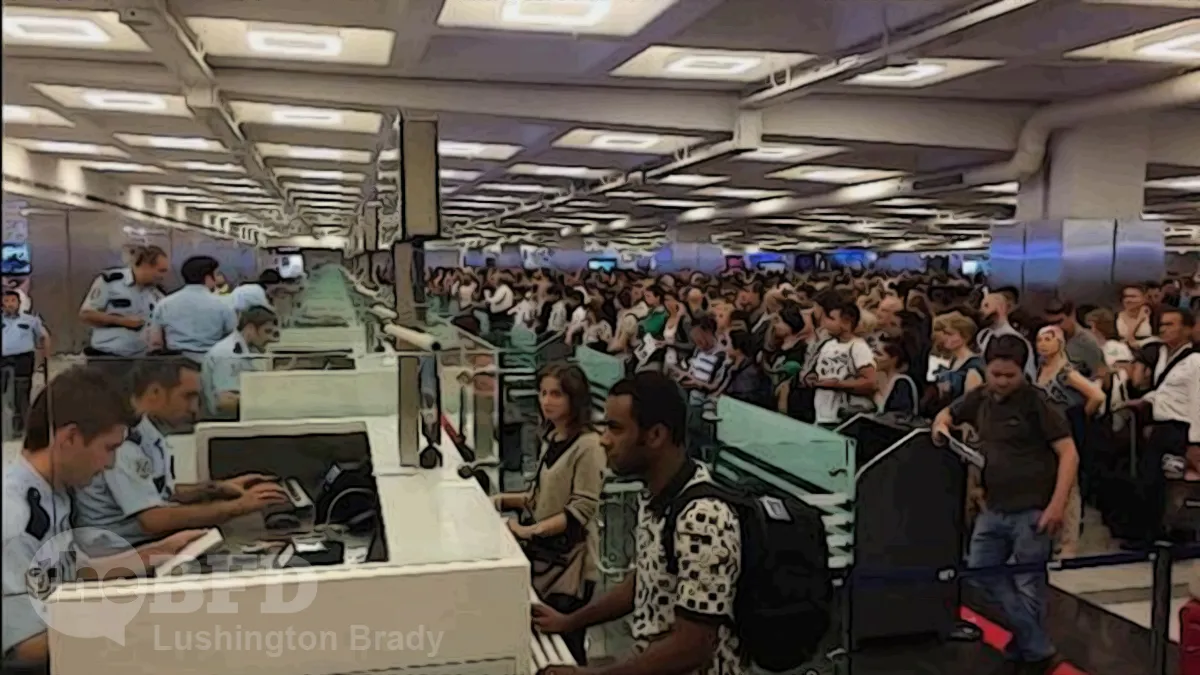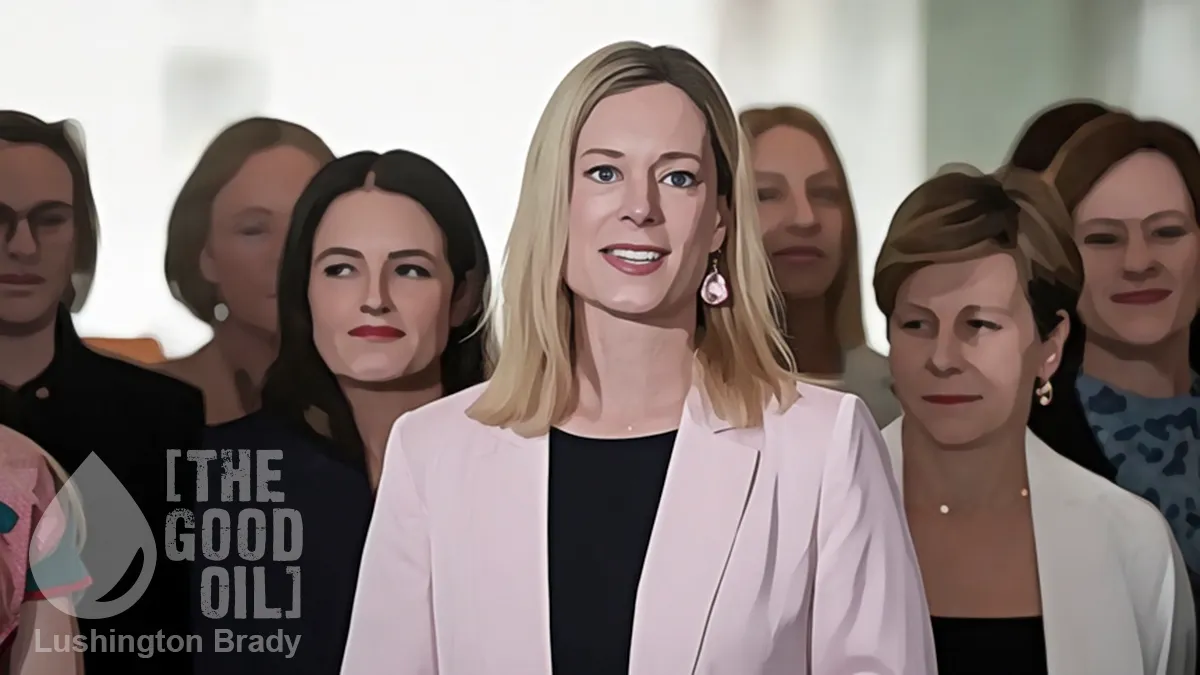Table of Contents
Driving into the nearest city (or, at least, the overgrown country town that passes for one in Tassie) this morning for an appointment, I was yet again confronted with the sight of tents pitched in parks and under bridges. Such a sight I’d rarely seen before in my five-odd decades, but in the past few years they’ve become depressingly common.
As are the obviously lived-in cars parked in roadside reserves even here in rural areas. And the homeless in sleeping bags in alleys and on footpaths of the major towns.
These are the visible signs of the housing crisis that’s increasingly strangling Australia. Less visible are the working poor commuting hours to work (even in Tasmania!) because affordable rentals simply aren’t available. A recent report found that even a substantial number of middle-income households are experiencing “food insecurity” as more and more of their income is swallowed by the exhorbitant cost of keeping a roof over their heads.
The housing crisis is simply diabolical and no-one has a clue what to do — because none of those in power are willing to confront the simplest, starkest fundamental of the housing market.
Like all markets, it all boils down to supply and demand. When demand exceeds supply and there are constraints on supply expanding quickly, it’s inevitable that the price of housing will rise. Of course, there is the check on what people can pay as measured by household income. In theory, house prices shouldn’t rise more than household income, on average.
But Australian governments have for years been stomping their heel down hard on the demand side of the basic economic equation. There are two ways governments have ensured that demand grossly exceeds supply: foreign ownership and a never-ending tidal wave of mass immigration.
It’s why a number of countries, including Canada and New Zealand, restrict overseas ownership of local real estate as well as imposing higher taxes on these buyers […]
One of the primary drivers of demand is population growth, which in turn is principally being driven by surging immigration. On the latest figures, Australia’s annual population growth was 2.2 per cent, one of the highest rates among developed economies. The main contributor is net overseas migration (long-term arrivals minus long-term departures), which was over 450,000 in the year ending in the March quarter this year. It is estimated this figure has climbed even further and will have reached an annual figure of around 500,000 in the September quarter.
These numbers are frankly insane. Australia is importing the entire population of Auckland every couple of years. No-one in their right mind will imagine that supply can keep up with such gargantuan demand.
Unfortunately, we don’t have someone in their right mind in charge.
Treasurer Jim Chalmers has been scrambling for explanations, maintaining all we have experienced is simply a catch-up for the closed borders of the pandemic.
In any case, he has no control over the migrant numbers because the temporary visa categories are demand-driven and are not part of policy.
Except that temporary visa categories are entirely subject to government policy. A government with the simple guts to do what is actually in the interests of Australians rather than lazy, greedy employers could simply shut down the temporary visa scams tomorrow.
Instead, the useless prats in charge faff around with nonsensical, counter-productive socialist pet schemes like “social housing”.
They’re also apparently determined to carpet Australia’s precious little arable land with cheek-by-jowl suburban sprawl.
Both federal and state governments have announced various initiatives to deal with the crisis in housing affordability, involving building targets and additional (debt-funded) government spending. In both Victoria and NSW, it is proposed that the state governments override the planning authority of local councils in order to speed up the approval process and to allow higher-density housing – read multistorey apartment buildings – particularly in the middle suburbs […]
As for pro-tenancy laws and, heaven forbid, rent controls, the net effect is to drive out investors in the rental sector, making it even more difficult for people to fund suitable rental accommodation. We have already seen a significant sell-off of rental properties by investors in Victoria.
The solution is as simple as it is politically anathema to the political and big business elites, and the chattering class ninnies fortified within their leafy inner-city latte belt.
Unless the federal government is prepared to restrict the intake of migrants to cool demand, the situation is unlikely to improve any time soon.
The Australian
What? And give up their cheap, foreign labour? Train their own skilled workers?
They’d rather drink cask wine.









